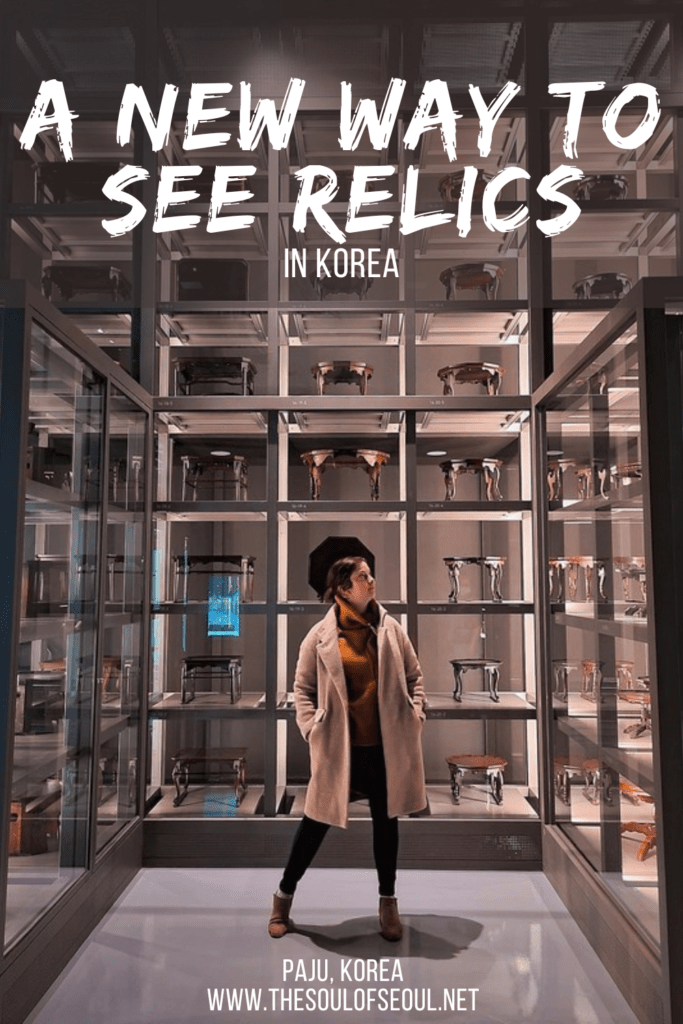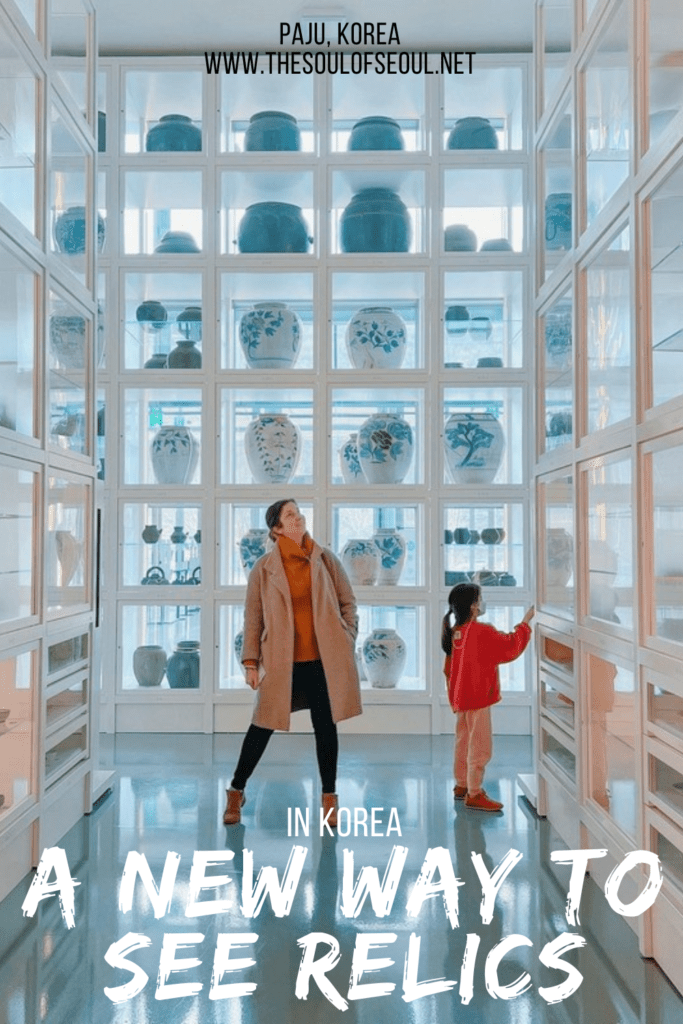A New Way To See Relics: The National Folk Museum of Korea Paju
Last Updated on February 3, 2024
Traditionally, the storages of museums and galleries have been secretive spaces and the only time we as the public gets to see relics is when they’re on display. However, the National Folk Museum of Korea Paju (국립민속박물관 파주) flipped this idea around and decided to use its vast collection and welcome sightseers into its now open storage space. If you’ve visited the amazing National Folk Museum of Korea on the grounds of Gyeongbokgung Palace in Seoul, next head to Paju to see even more of their amazing historic collection. Not your standard museum space, the storage facility provides a look at how our national treasures are preserved.
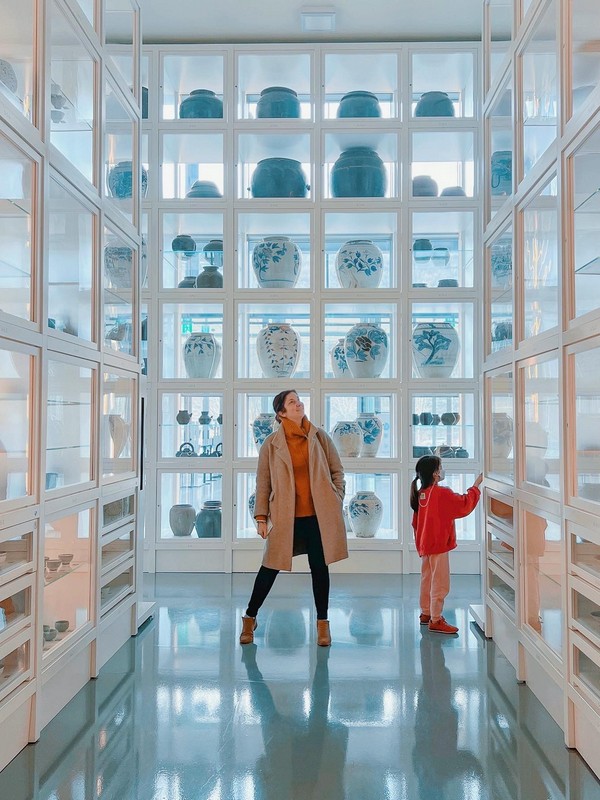
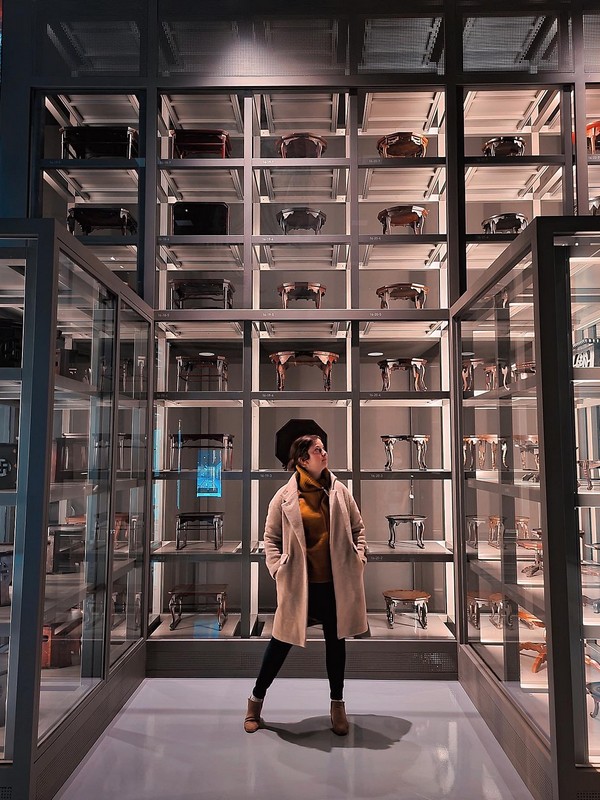
Learn more about conservation and preservation of historical relics at the National Folk Museum of Korea Paju:
- How To Get There
- Basic Info
- From the Underground to the Spotlight
- Preservation On Display
- Media Wall Exploration
(This post contains affiliate links, which means I receive a certain percentage of a sale if you purchase after clicking at no cost to you. Thank you for your support.)
How To Get There
- Address: 30 Heyri-ro, Tanhyeon-myeon, Paju-si, Gyeonggi-do (경기 파주시 탄현면 헤이리로 30)
- Directions: From Hapjeong Station, you can catch bus 2200 directly out to the museum. It takes just under an hour. If you’re headed out there, you can visit the museum and see Heyri Art Village which has plenty to see and do and eat in the area.
Basic Info
- Hours: Tuesday – Sunday: 10:00am ~ 6:00pm
- Admission: Free
- Children’s Museum: There is a children’s museum on the premises, but you need to register before you go.
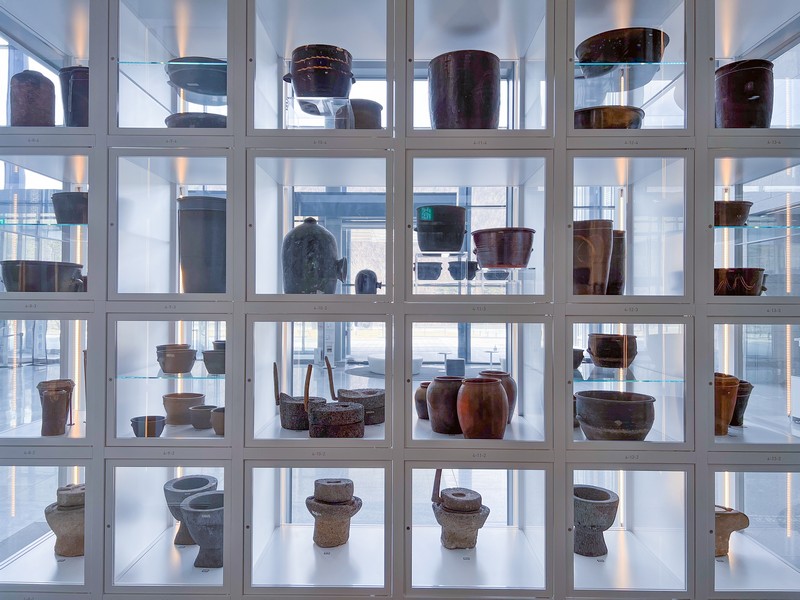
From the Underground to the Spotlight
The NFMK Paju aims to make Korea’s cultural heritage more accessible. Housing 86,289 folk relics and 840,450 archival materials, the facility is a testament to the country’s commitment to cultural preservation. There are a stunning number of national museums in Korea and again and again I’m awed by the commitment to preservation and education you can find within them.
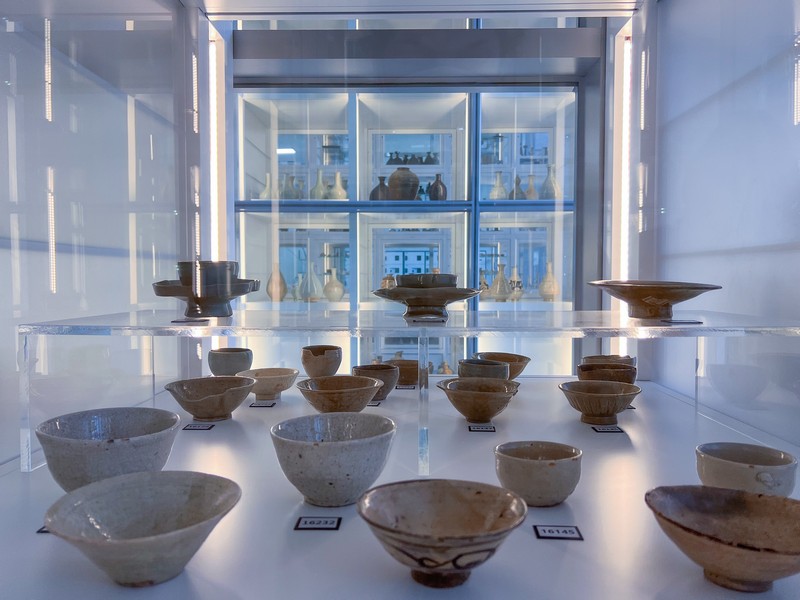

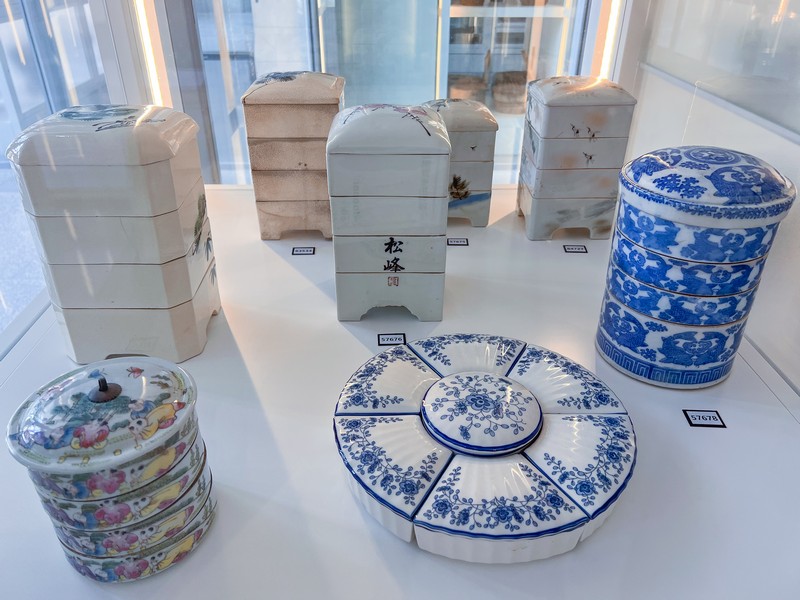
Of the National Folk Museum of Korea’s 15 warehouses, 10 are open to the public, offering an unprecedented opportunity to explore, though some areas have limited access to ensure artifact conservation. Previously confined to underground storage, these artifacts are now accessible to the public, thanks to advancements in air conditioning systems and strict preservation management. And while all of that sounds scientific and serious, what I was really drawn to was the design of the “library” or relics they’ve created.


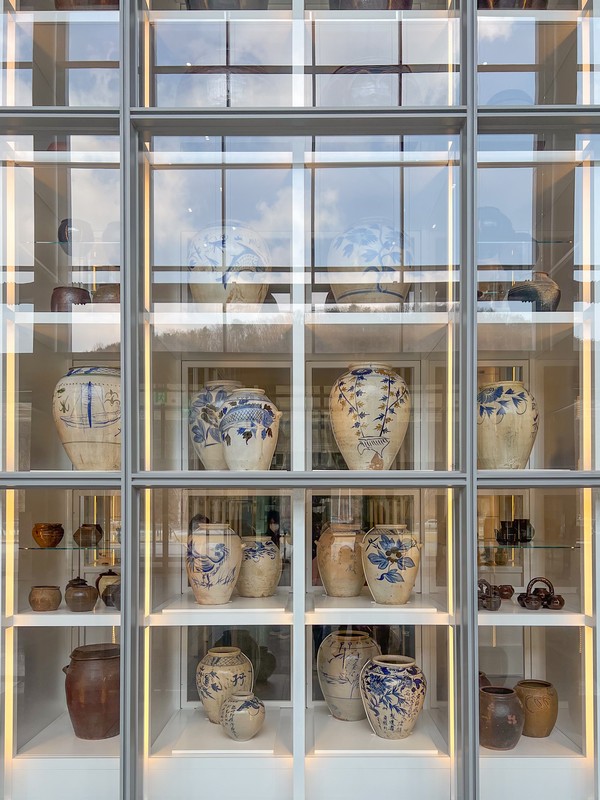
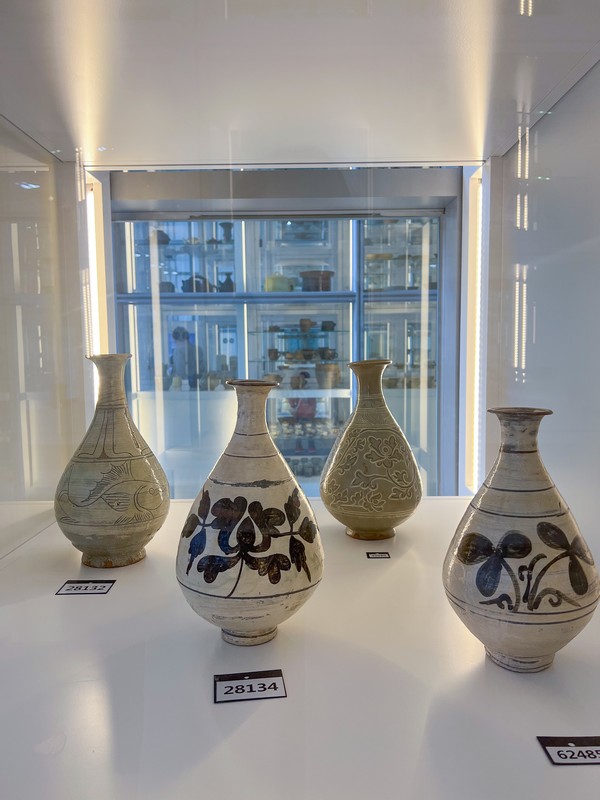
Walk into this storage space museum and you’ll immediately be in awe of the tall bookcases housing beautiful piece after beautiful piece of history. Unlike traditional museum setups where information is readily provided next to each display, the Paju storage opts for a more exploratory approach. Artifacts are identified by code numbers and if you want to know more about an individual piece, you should go to a separate screen at the end of each aisle, input the number, and information in various languages comes up.
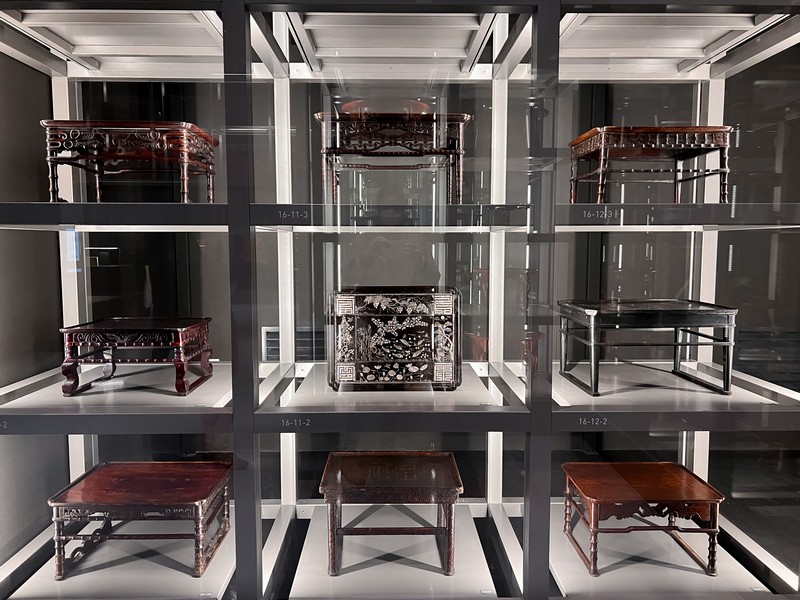
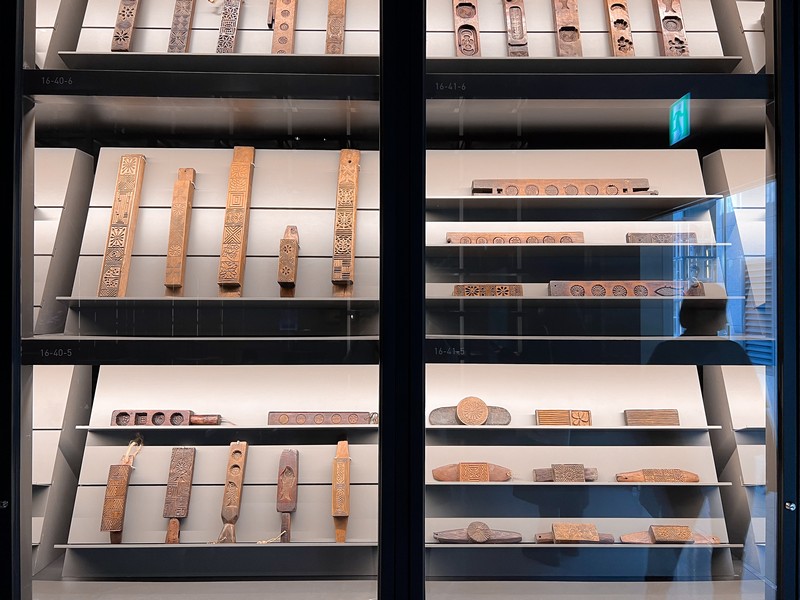
This method, while unconventional, aims to immerse visitors in the storage and preservation process, offering a unique educational experience. If you have kids, get them to look for something and then look up information about it, it’s great practice for libraries, Dewey Decimal systems, and investigation.
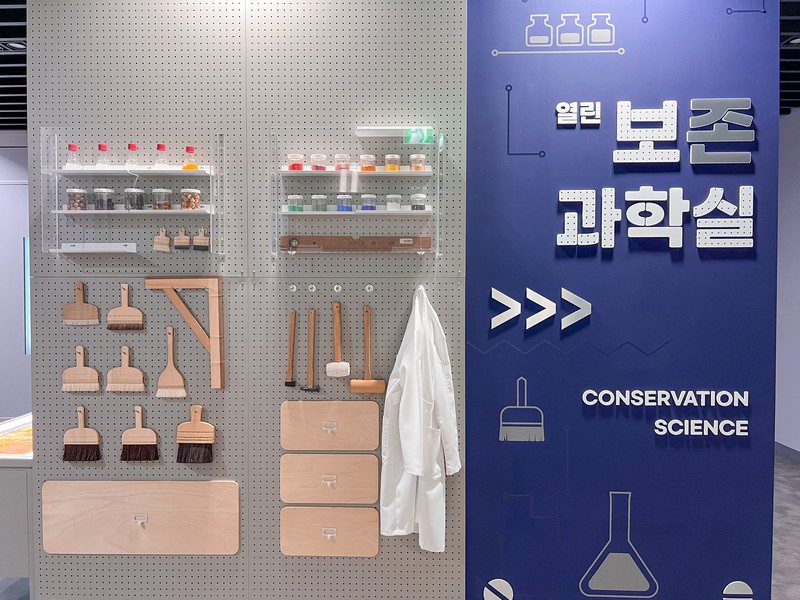
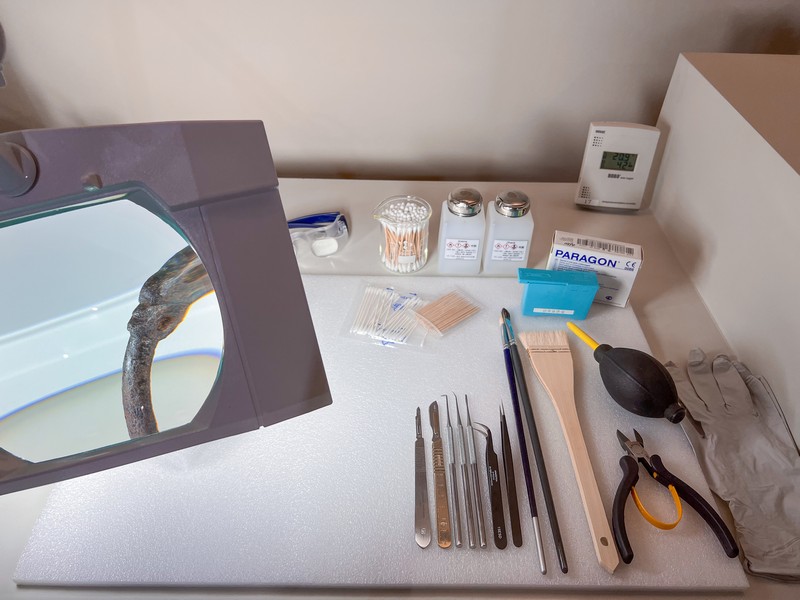
Preservation On Display
The museum’s conservation team meticulously manages the facility, considering factors like temperature, humidity, and light to preserve the integrity of different artifacts. This attention to detail ensures that each piece’s story can continue to be told for generations to come. An interesting edition to the museum is that you can actually see the conservation team working if you visit at the right time. If you have kids, they might be really interested in this work. And to further this exploration, there’s a room off to the side that delves deeper into the tools and techniques for preservation.
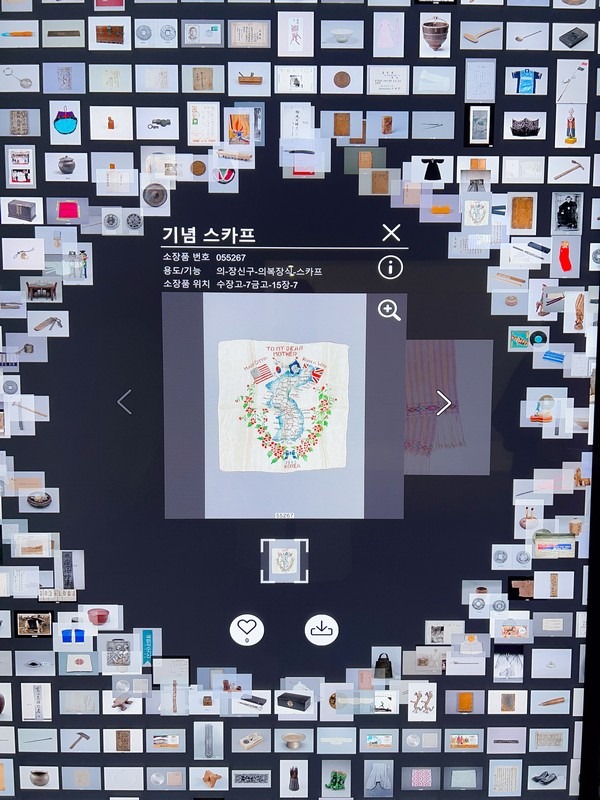
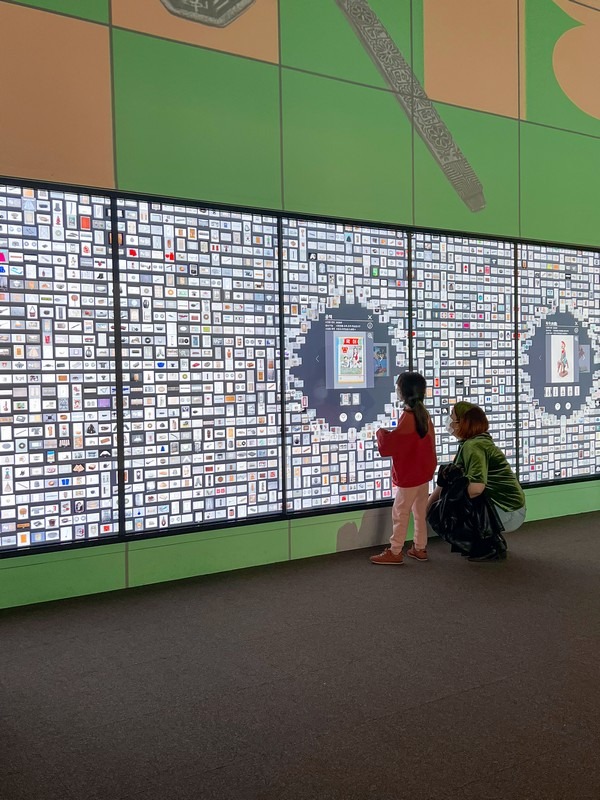

Media Wall Exploration
In yet another space, there’s a huge media wall with different relics and artifacts that are housed in the storage space. Don’t just look! Make sure you touch it to see what happens. Various common household objects move across the screen and when one stands out to you, you can click on it to learn more.
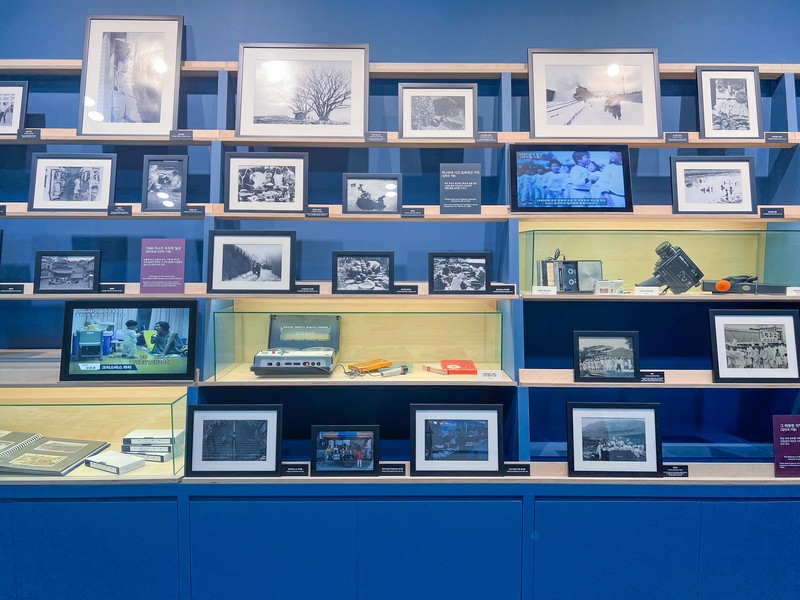
The National Folk Museum of Korea Paju is a super cool way to learn more about Korea’s heritage and being a part of the Heyri Art Village means it’s a great stop for the history-interesting, art lovers, culture enthusiasts, and families with kids. Get ready to explore!
Did you like this post? Pin IT!
